Killer Bees Are Spreading Across The US And Moving North Due To Warming Temperatures
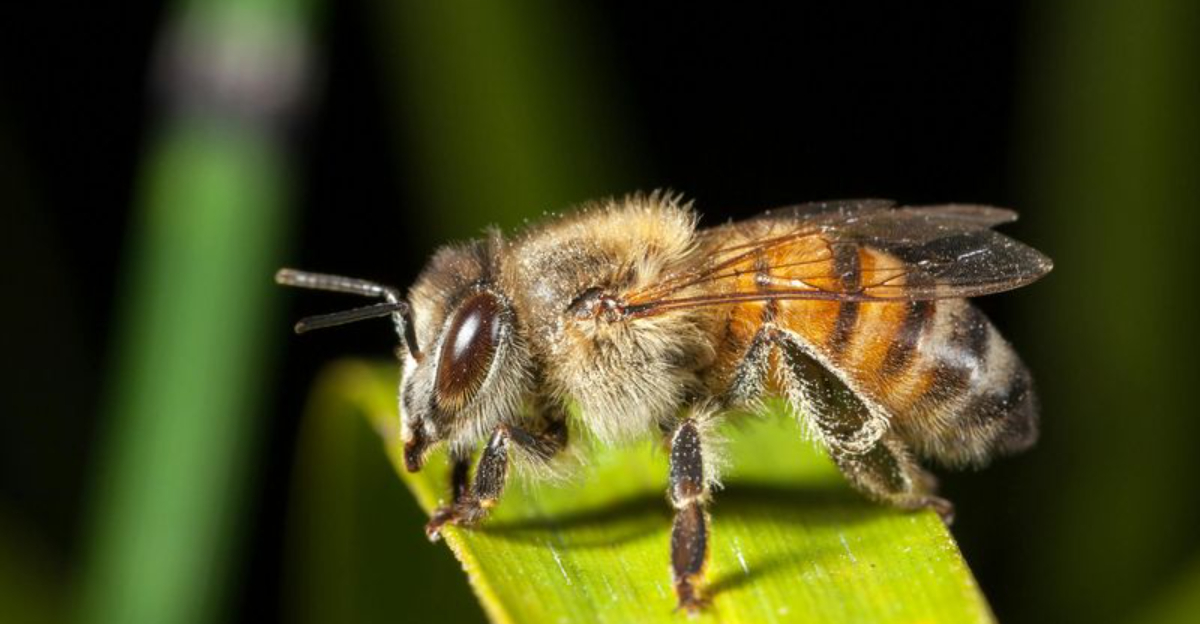
Africanized honey bees, commonly known as ‘killer bees,’ are on the move. Originally brought to Brazil in the 1950s, these aggressive insects have been steadily expanding their territory northward into the United States.
Climate change and warming temperatures are allowing these territorial bees to survive in regions that were once too cold for them.
Their continuing spread presents new challenges for communities that have never before dealt with these potentially dangerous insects.
The Origin Story Of America’s Unwelcome Visitors
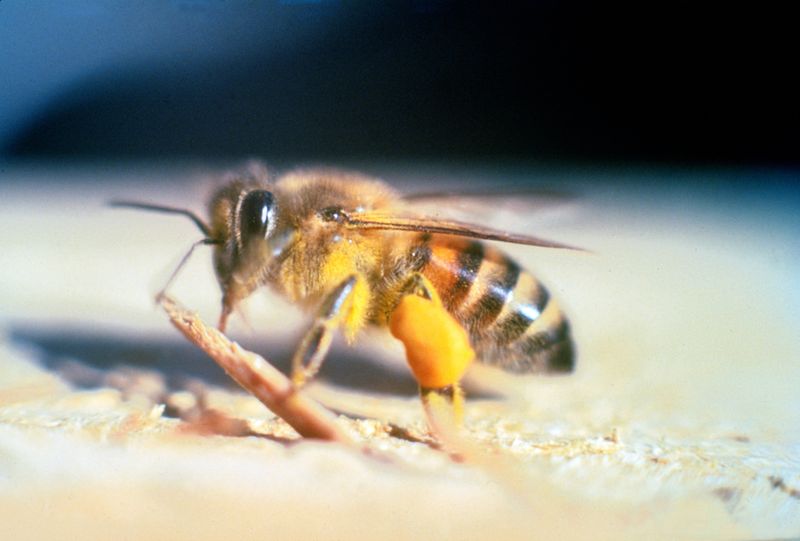
Killer bees weren’t always in America. They resulted from a breeding experiment gone wrong in Brazil back in 1956, when African honey bees escaped quarantine. These aggressive bees began mating with local European honey bees, creating the Africanized hybrid we know today.
By the 1990s, they had reached Texas, and their march northward hasn’t stopped since. Unlike their European cousins, killer bees defend their hives with extreme aggression, sometimes chasing perceived threats for up to a quarter mile!
Climate Change Opens New Territories
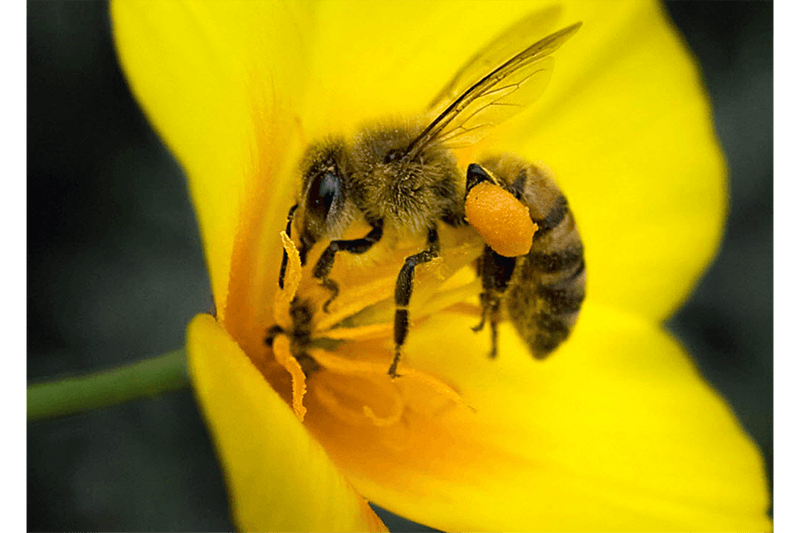
Rising global temperatures are redrawing the map of where killer bees can survive. Historically, these tropical insects couldn’t tolerate extended cold periods, which limited their range to southern states like Texas, Arizona, and parts of California.
Now, milder winters are removing this natural barrier. Scientists have documented killer bee colonies surviving in areas that would have been fatal to them just decades ago.
Climate models suggest they could potentially reach as far north as Virginia and Kentucky within the next 10-15 years if warming trends continue.
Deadly Encounters Are Increasing
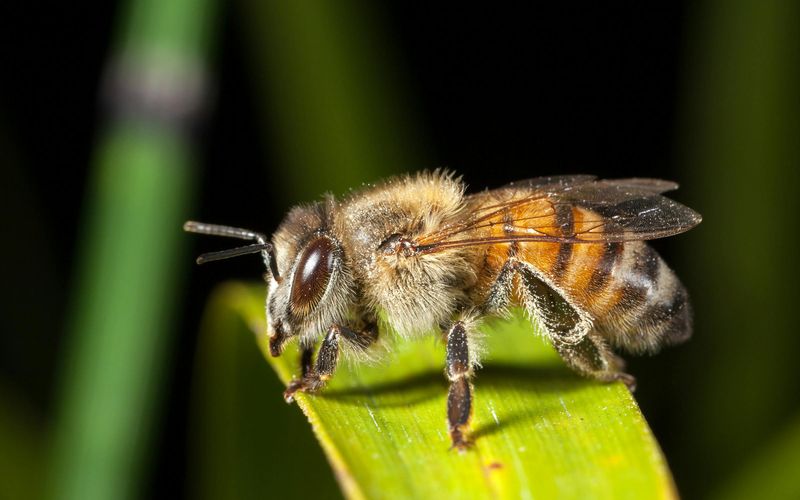
Fatal incidents involving killer bees are becoming more common as their territory expands. Unlike regular honey bees that sting once and die, Africanized bees can sting multiple times without dying. Their venom isn’t more potent than regular bees – the danger comes from their numbers.
When disturbed, thousands attack at once, overwhelming victims with hundreds or even thousands of stings. Since their arrival in the US, they’ve been responsible for several deaths.
In Arizona alone, multiple fatalities have occurred when unsuspecting homeowners or workers accidentally disturbed hidden hives.
Surprising Speed Of Northern Expansion
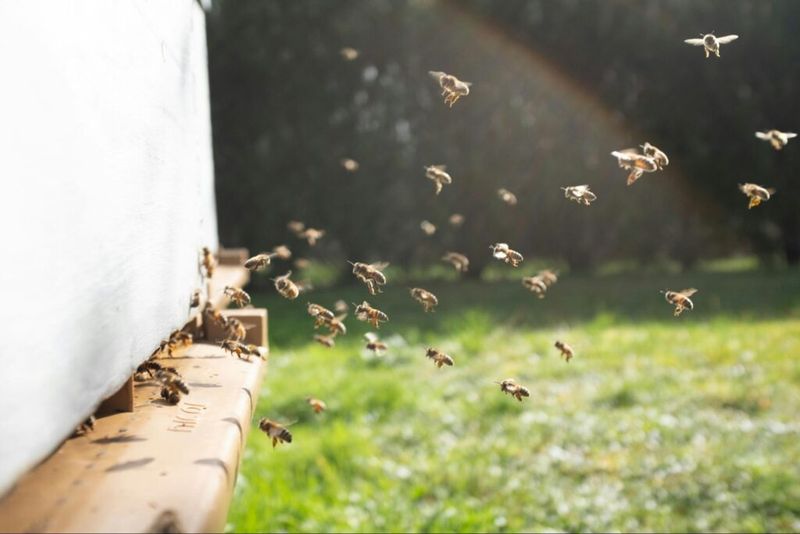
Scientists are alarmed by how quickly killer bees are moving northward. Initially, experts predicted these bees would spread at about 100-200 miles per year, but in some regions, they’re exceeding these estimates.
Genetic testing of new colonies shows they’re adapting to cooler temperatures faster than expected. Hitchhiking on vehicles and shipping containers helps them jump to new locations. A single queen can establish a new colony, making containment nearly impossible.
Recent discoveries of established colonies in Oklahoma and Arkansas have shocked researchers who didn’t expect to find them so far north yet.
Honey Industry Under Threat
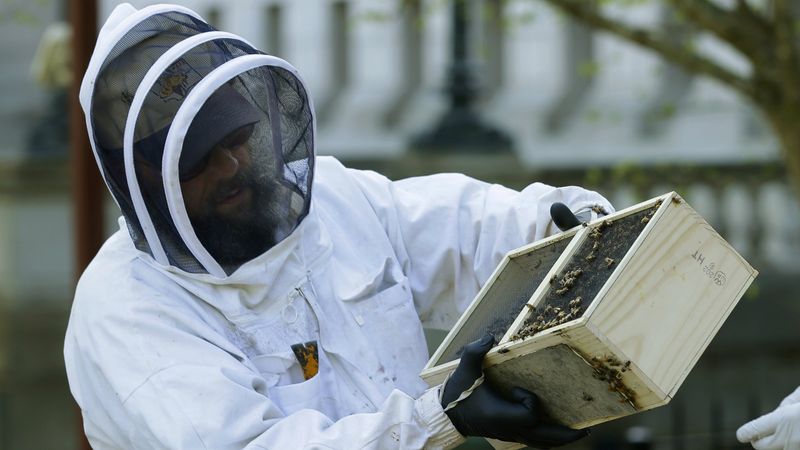
American beekeepers face a growing crisis as killer bees infiltrate their operations. When Africanized bees mate with European honey bee colonies, the resulting hybrid hives become too aggressive to manage safely.
Many beekeepers have lost entire operations overnight. The economic impact is substantial – commercial pollination services and honey production contribute billions to the US economy annually.
Some beekeepers in southern states have already abandoned the profession after multiple aggressive hive takeovers. Specialized protective gear and constant genetic testing of queens have become necessary expenses in affected regions.
Urban Areas Face Unique Challenges

Cities provide perfect habitats for killer bees with abundant nesting sites in walls, attics, and abandoned structures. Phoenix and Las Vegas already deal with thousands of removal calls annually, straining emergency services and creating public safety concerns.
Urban residents often don’t recognize the warning signs of nearby hives until it’s too late. Children and pets are particularly vulnerable to accidental encounters.
Many cities in affected regions have created specialized bee response teams and educational programs. Some municipalities now require professional inspections before construction projects to prevent disturbing hidden colonies.
Mistaken Identity Leads to Panic
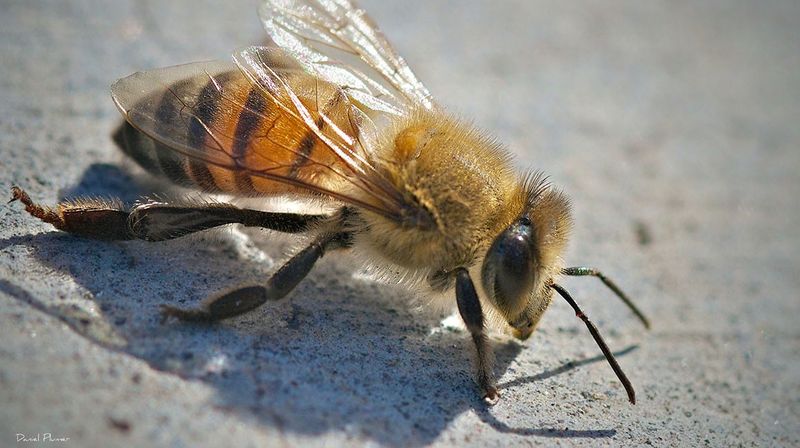
As public awareness about killer bees grows, so does confusion about identifying them. Visually, Africanized bees look almost identical to regular honey bees – only laboratory testing can confirm their identity with certainty.
This leads to unnecessary panic when harmless native bees are spotted. Local wildlife officials report being flooded with calls about suspected killer bee sightings that turn out to be carpenter bees or even bumblebees. The confusion has led to beneficial pollinators being needlessly destroyed.
Educational campaigns now focus on teaching behavior differences rather than appearance: killer bees are far more sensitive to disturbance and react with massive, persistent swarms.
Outdoor Recreation Becomes Riskier

Popular hiking trails and camping areas in southern states now come with killer bee warnings. These aggressive insects often build hives in rock crevices, hollow trees, and ground cavities – exactly where hikers might accidentally disturb them.
Several national parks have temporarily closed trails after visitors were attacked. Outdoor enthusiasts are learning new safety protocols, like carrying antihistamines and avoiding scented products that might attract bees.
The vibrations from lawn mowers, weed whackers, and ATVs can trigger attacks, making even routine yard work dangerous in affected areas. Wildlife officials recommend carrying bee veils during peak seasons in known killer bee territories.
Innovative Control Methods Show Promise
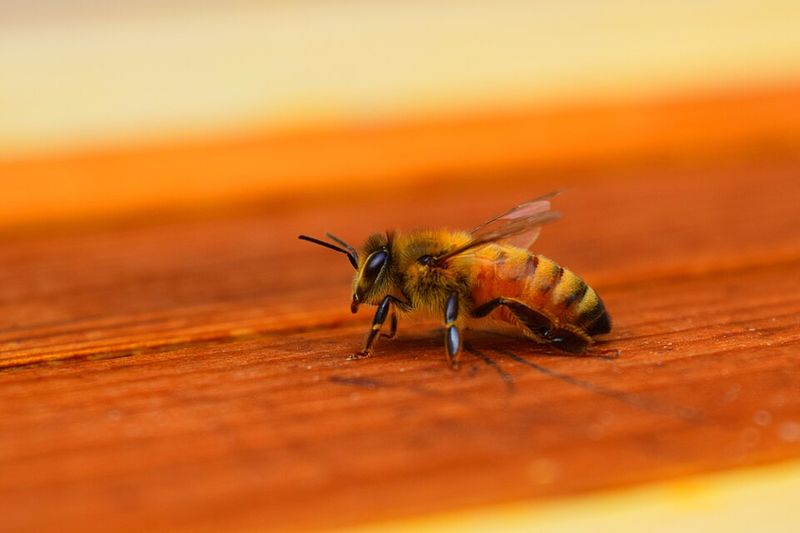
Scientists are developing creative solutions to manage the killer bee invasion. One promising approach uses pheromone traps that specifically attract Africanized queens but not European honey bees. These traps could help slow the northern spread without harming beneficial pollinators.
Genetic research offers another avenue. By identifying and potentially modifying the genes responsible for aggressive behavior, researchers hope to develop methods to gradually reduce killer bee aggression over generations.
Meanwhile, drone technology allows for safer detection of hives in hard-to-reach places, and thermal imaging can locate colonies hidden inside structures without risking human contact.
Adapting To The New Normal
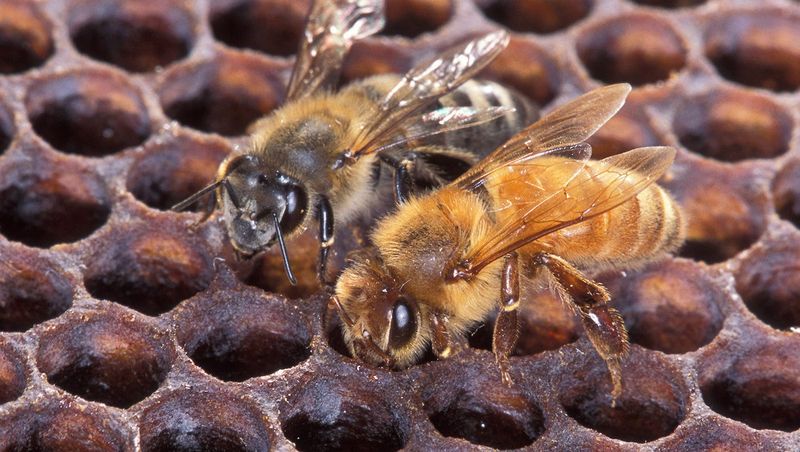
Communities in the expanding killer bee territory are learning to coexist with these dangerous neighbors. School districts in affected areas now conduct bee attack drills alongside fire and tornado drills. Emergency responders receive specialized training in mass sting events.
Local ordinances in some cities require property owners to remove potential nesting sites. Backyard beekeeping faces stricter regulations to prevent accidental breeding with wild Africanized colonies.
The silver lining? Public awareness about all pollinators has increased dramatically. Many communities now integrate bee education into science curricula, teaching children about both the dangers and benefits of different bee species in our ecosystem.






